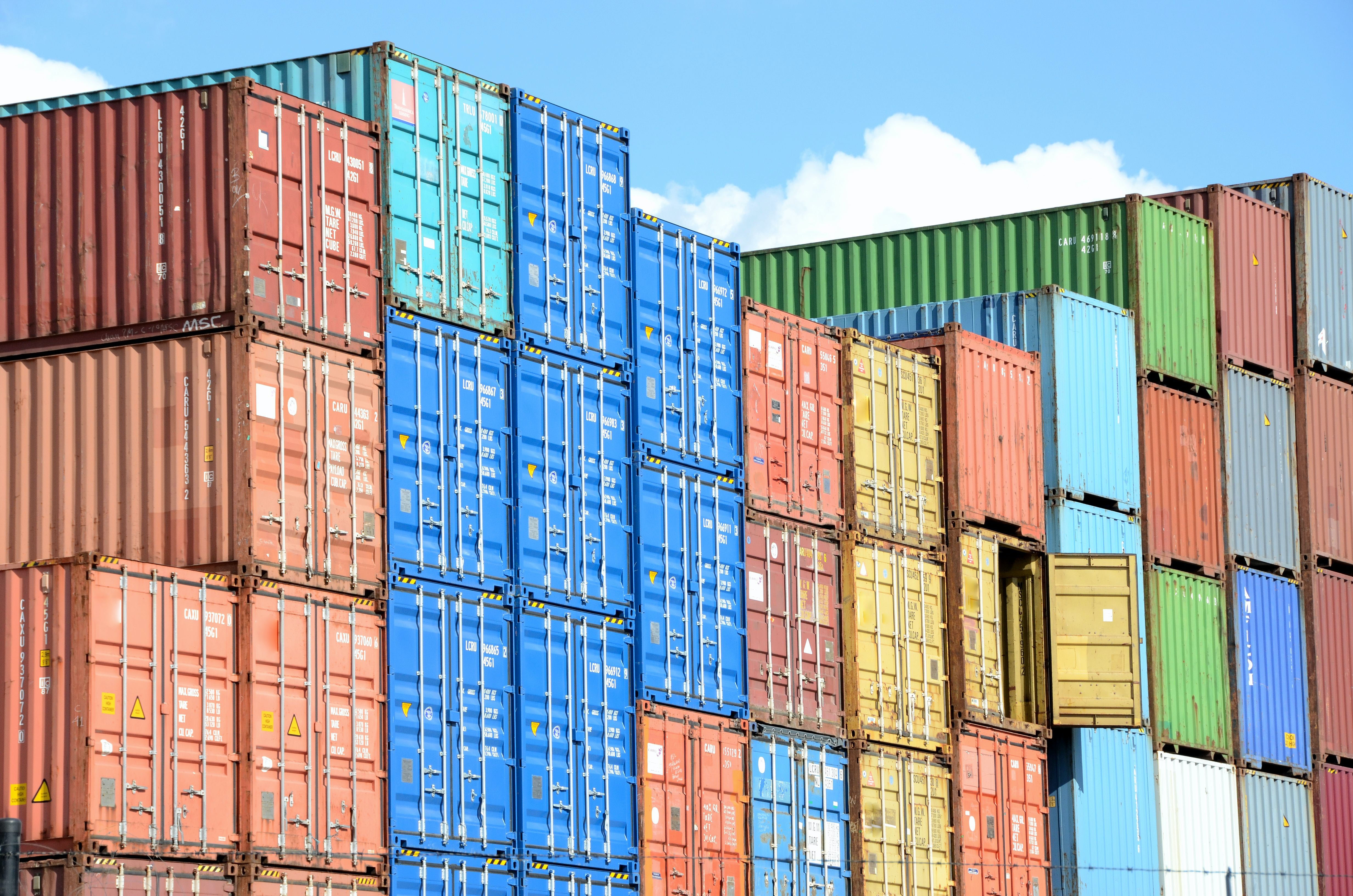
International Commercial Terms
Incoterms® 2020 Strategies
Incoterms® 2020 (International Commercial Terms) provide a standardized set of rules that define the responsibilities and obligations of buyers and sellers in international trade transactions. These terms help facilitate smooth communication and reduce misunderstandings by outlining who is responsible for various aspects of the transaction, including transportation, insurance, customs clearance, and risk management. The Incoterms® rules are categorized into two main groups based on the point of transfer of risk and responsibility: those suitable for all modes of transport and those specifically for sea and inland waterway transport.
Some strategies associated with the different Incoterms®, grouped by the two main categories:
- Incoterms® for All Modes of Transport:
- EXW (Ex Works): The strategy here is to minimize the seller's responsibility and costs by making the goods available at their premises. The buyer handles all aspects of transportation, costs, and risks.
- FCA (Free Carrier): This strategy allows flexibility by allowing the seller to deliver the goods to a carrier nominated by the buyer. It can be used for various modes of transport.
- CPT (Carriage Paid To) and CIP (Carriage and Insurance Paid To): These strategies involve the seller taking responsibility for transportation and possibly insurance up to a specified destination, ensuring a more comprehensive service to the buyer.
- DAP (Delivered at Place) and DPU (Delivered at Place Unloaded): The seller's strategy is to deliver the goods to a specified destination, providing convenience to the buyer but not unloading.
- DDP (Delivered Duty Paid): The strategy here is for the seller to manage the entire shipment process, including customs clearance and delivery to the buyer's premises, providing a complete solution to the buyer.
- Incoterms® for Sea and Inland Waterway Transport:
- FAS (Free Alongside Ship): The seller's strategy is to deliver the goods alongside the vessel, and the buyer takes responsibility from that point onwards, including loading onto the vessel.
- FOB (Free On Board): The seller's strategy is to deliver the goods on board the vessel, and the buyer takes over responsibility and costs once the goods are on the vessel.
- CFR (Cost and Freight) and CIF (Cost, Insurance, and Freight): The seller's strategy is to handle transportation, costs, and insurance (in the case of CIF) to the port of destination, transferring risks to the buyer upon loading.
Each Incoterm represents a different strategy based on the level of responsibility, risk, and cost that each party is willing to undertake. The choice of Incoterm depends on various factors, including the nature of the goods, transportation requirements, logistics capabilities, and the level of control and risk each party is willing to assume. It's crucial for parties involved in international trade to carefully consider and negotiate the appropriate Incoterm to align with their business objectives and capabilities.
